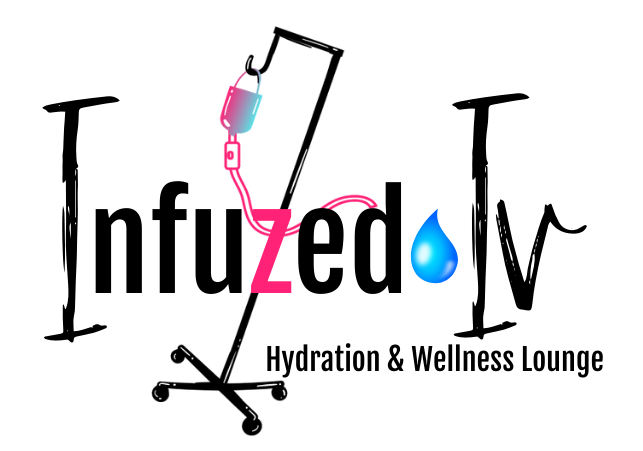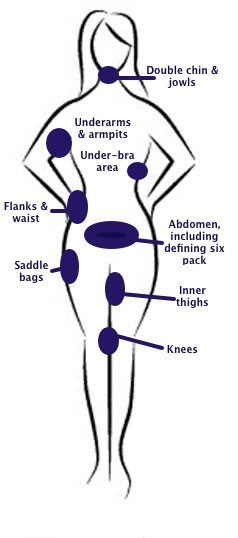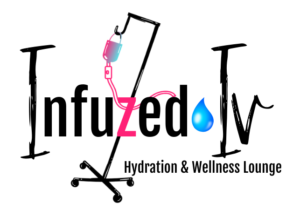Lipodissolve is similar to mesotherapy because it is an injection lipolysis dissolution solution that is an alternative to a more invasive liposuction procedure. Lipodissolve, however, has a standard formulation consisting of the primary ingredients phosphatidylcholine (PC) and deoxycholate (DC).
PCDC is used to break down fat cells and help you achieve the results you desire in hard to target areas.
With minimal downtime and mild discomfort, this is an excellent alternative for those patients seeking a minimally invasive technique to improve their body contour






